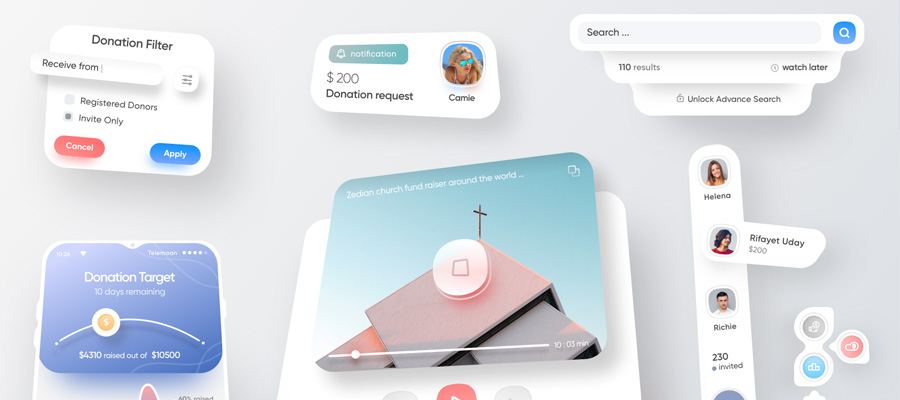The digital era is defined by our newfound ability to craft remote systems possessing intuitive responsiveness, and the worldwide stride towards universal accessibility is consistently gaining new momentum. As a result, the development of refined user experiences (UX) has landed at the forefront of contemporary programming communities; thus, we have assembled the following four tips to help you get ahead of the curve:
1. Complement Usability with Aesthetic Appeal
Thanks to an emphasis on fostering personalized online mainframes, operational utility is being paired with an incipient spotlight on human interactions. So, in this context, what is user experience supposed to look like? Here's a tip from UX design experts, Adobe: "Design with functionality in mind, but equally, in our role as designers of experiences, we should include a focus on delight." To maximize the benefits of a successful interface, a dazzling sense of originality must be conveyed. Artistic brilliance can accompany technical mastery to unearth stunning outcomes that merge powerhouse capabilities with bold levels of engagement. The key is to find the perfect balance in mixing left-brain logic with right-brain imagination.

Cosas by Aaron Martinez
2. Incorporate a Contemporary Understanding of Psychology
Naturally, visual attractiveness is a subjective factor, so it may be difficult to fine-tune your UX efforts if your operation casts a wide net and caters to plenty of consumers. Luckily, the field of psychology sheds some light on cognitive processing trends, and demonstrating a thorough comprehension of widespread mental phenomena can directly translate into universal acclaim. For example, colors are frequently coordinated with specific emotions, so your brand can choose vibrant themes that elicit precise subconscious reactions from potential customers. In effect, shades of red propagate feelings of passion and excitement, while blues and greens signify adventurousness and an environmentally conscious attitude. The same concept applies to sound effects, which means certain auditory notes can conjure lucrative sensations of happiness or intrigue.
3. Eschew Robotic Organization Principles
A meticulous and straightforward sorting process may feel rewarding at first, but an overly mechanical approach to arranging content will dissuade plenty of users, especially those with creative backgrounds. While neat and orderly presentations are still vital, indexing can take a variety of intuitive forms via swift algorithmic assistance. An unconventional display tends to work wonders for any digital archive. Also, make sure to emphasize smooth accessibility during your experimentations with layout adjustments. Overly complex animations and intricate menus can backfire by inhibiting lo-fi connections; however, this concern can be effortlessly mitigated by supplying a plain-text database as an alternative for users with slower browsing speeds.
4. Stop Thinking Like a Machine
Contextualization is not a strong suit of artificial intelligence, and our commanding ability to assess relevance enshrines a rare human advantage over technology. Still, countless programmers make the mistake of internally replicating the machinery they use; as a result, they end up in a redundant zone where they are competing with the system instead of collaborating with it. To avoid this concern, you must be comfortable delegating tasks to the computer. Automation can handle the mundane matters, and you only have to double-check the work to verify an error-free status. In the meantime, you will be free to hone your artistic abilities and marketing talents. Ultimately, this hands-off methodology often leads to a glorious convergence between humanistic understandings and technological innovations.
Final Note
The zenith of online customization has been cultivated by this profoundly evolved virtual atmosphere, and today's phenomenal technological progress is directly based on the tried-and-true UX techniques listed above. Apply these four steps, and you will witness revolutionary developments!




















